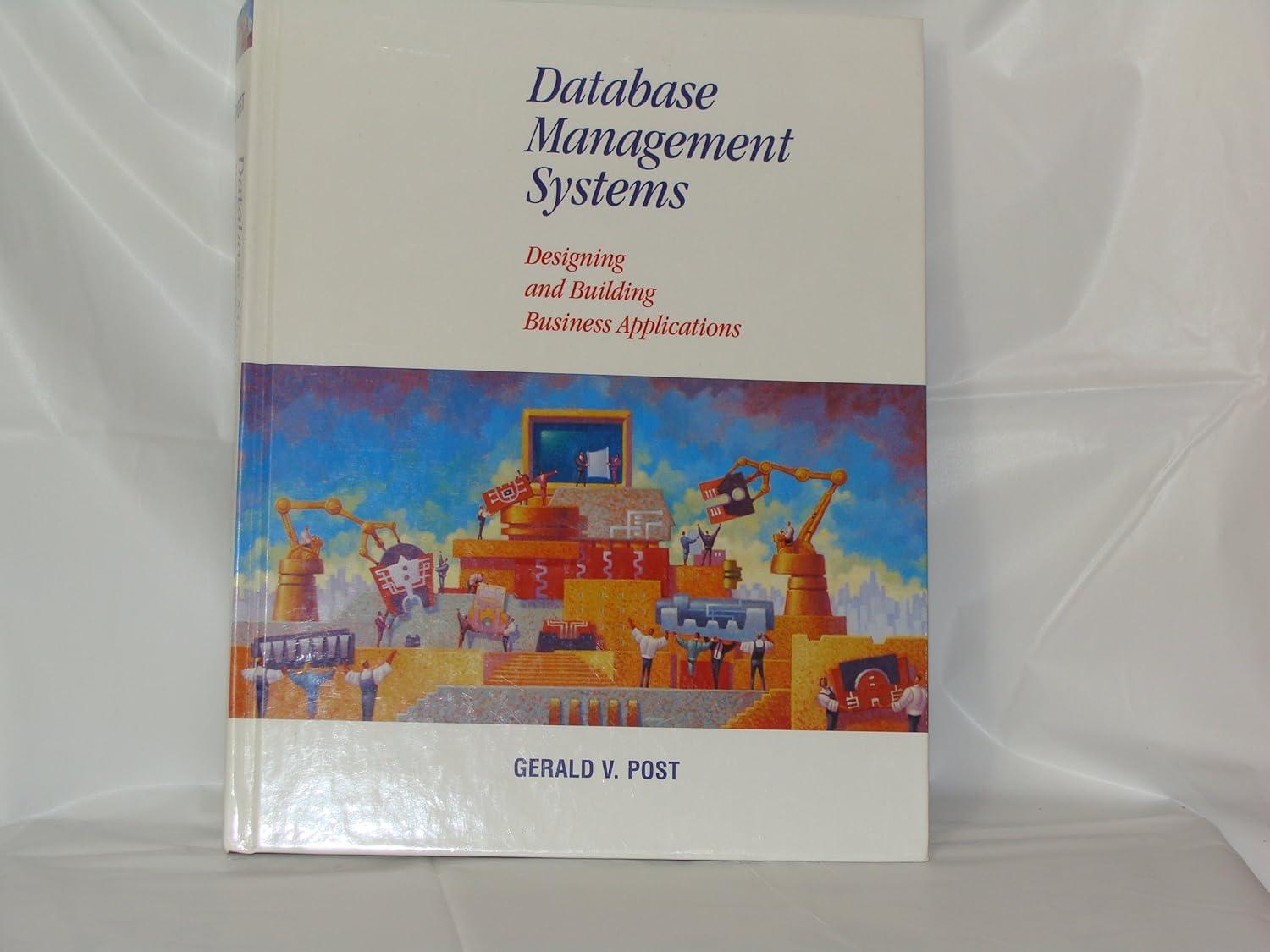Question
CASE STUDY Let us assume that UTAS-CAS wants to develop a Library Automation System. You as a systems analyst and designer were asked to analyze
CASE STUDY Let us assume that UTAS-CAS wants to develop a Library Automation System. You as a systems analyst and designer were asked to analyze and design a Private Library Management Information System (PLMIS). The proposed system should keep track of the following data items: Library member ID_ No, library member name, library member civil no, civil-card expire date, mobile, address, library member E-mail address, library member nationality, first date of joining the library. The library incorporates books from different knowledge categories. Each category has many books. The system should keep track of book serial number, ISBN (International Standard Book Number), book index number, book title, publishing year, book language, book edition number, book price in OMR, book purchasing date, and book category. If a book has many copies, each copy has a different book serial number. An author may write more than one book, and each book may be written by more than one author, so the system should keep track of author name(s). Each book is published by only one publisher, so the system should keep track of publisher name, publisher E-mail address, and publisher web site address. Each library member can borrow more than one book, and each book can be borrowed by more than one library member in different periods, so the system should keep track of book borrowing date, and book returning back date.
The librarian is responsible for indexing books (sticking book index number on each book) and putting them on the right places on different shelfs in the library. Library membership should be renewed annually after paying annual membership fees, so the system should record different dates of paying annual membership for each library member.
The proposed system should notify the librarian for library members (borrowers) who borrowed books for more than three weeks. If a borrower borrowed a book for more than 3 weeks, he/she would pay a fine (OMR5). If a borrower returned a book in a bad state (damaged book), he/she would pay a fine (OMR40). So the system should record the history of all fines paid by different library members (date of paying the fine, paid fine value in OMR, and the reason of paying the fine). A librarian can add, delete, modify, search by book name, author name(s), book-category, or ISBN, index, lend, and return back a book. A librarian is responsible for issuing and renewal of library memberships, and collecting the fines. A library member can search books by book name, author name(s), book category, or ISBN. Also they (a librarian and a library member) can check book status (available/ borrowed). Assume any mandatory, optional, and relationships from the previous case study and from your logical point of view. Draw the Domain Model Class Diagram for the above given case study.
Step by Step Solution
There are 3 Steps involved in it
Step: 1

Get Instant Access to Expert-Tailored Solutions
See step-by-step solutions with expert insights and AI powered tools for academic success
Step: 2

Step: 3

Ace Your Homework with AI
Get the answers you need in no time with our AI-driven, step-by-step assistance
Get Started


